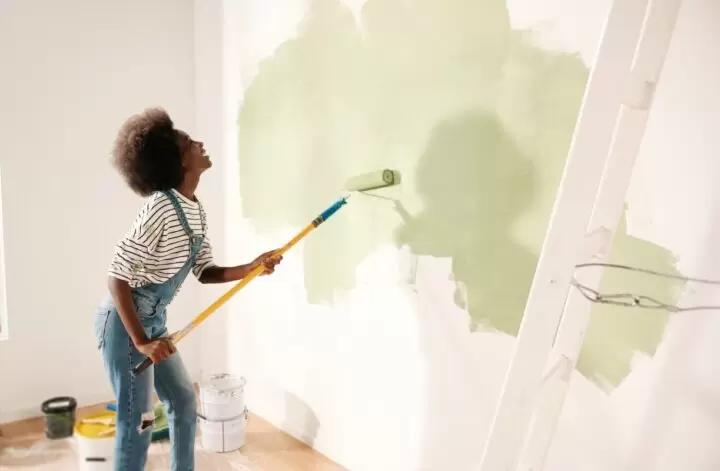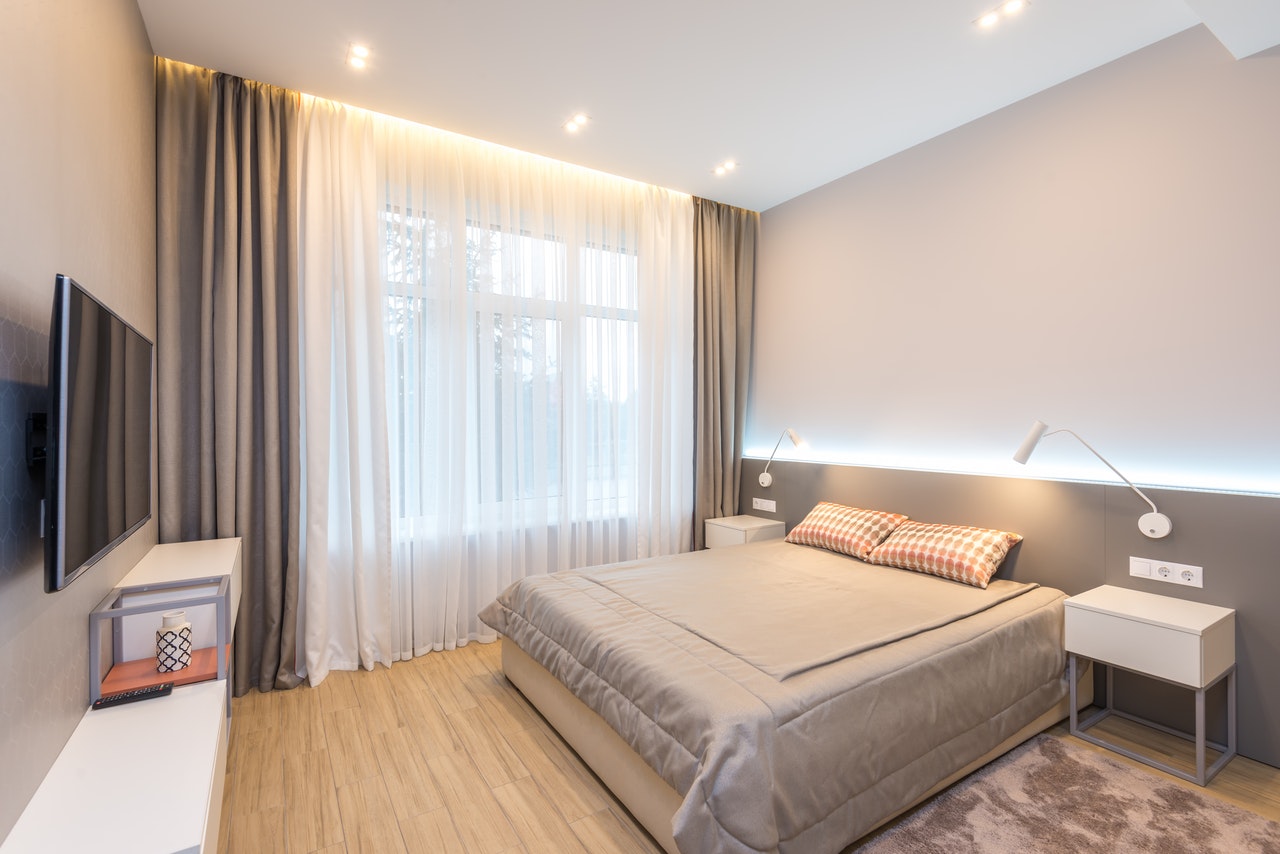When you enter your home, what are your initial feelings? Do you feel relaxed, excited, inspired, or bored? If you want to transform your home from uninspiring and drab to thought-provoking and serene, here’s how color can change the mood of your home and a brief discussion of the psychology of color.
The Psychology of Color
Color can play a significant role in how your brain interprets mood. Room psychology, or how an interior space affects a person, also plays a part in how you feel in your daily life, impacting energy levels while reflecting your personality.
Furthermore, color can also change how people interpret each room, such as warm tones creating an exciting, creative mood or cool tones enhancing feelings of calmness and serenity. Playing around with different colors on the color wheel allows you to choose which primary, secondary, tertiary, or complementary colors to use to create multiple moods.
How Should I Paint My Room?
You have a few options to help you decide how to paint your room when you feel ready to change its color. Ask yourself what mood you want to convey, then determine which colors best match it. Create an inspiration board or folder from online and physical resources, such as blogs, magazines, and design websites.
Colors for a Calming, Serene Mood
When you want a room to feel relaxing and calm, cool-toned colors can change the mood of your home considerably. Greens, blues, and purples generate a feeling of sophistication, calmness, and rest. You can apply it to bedrooms, nurseries, and bathrooms for a tranquil mood.
Exciting and Energizing Mood Colors
Choose bold colors when you want to set the tone in your kitchen, entryway, exercise room, and other high-traffic and active areas. Colors such as red, yellow, orange, and pink can impact the mood of your home by evoking excitement, enthusiasm, and passion. Staining and finishing your cabinetry to bring out the wood’s warmth can also emit exciting feelings in kitchens and other social spaces.
Colors for an Intimate, Cozy Mood
You can create a feeling of intimacy, coziness, and comfort by playing around with neutral tones, creating a balanced and traditional setting. Incorporate browns, whites, greys, blacks, and metallics to promote relaxation while making a room more open and spacious.





 Em Português
Em Português En Español
En Español